Millennials are killing everything: Fast food, soap, the European Union, movies, golf, napkins, marriage. Every other day we see a new headline about how millennials are killing a new product or industry.
Is the millennial generation really “killing” these companies or are these companies unable to effectively market products to this bloodthirsty generation of iPhone-wielding axe murderers?
It appears that the customer is always wrong when discussing the purchasing habits of millennials. This generation has been notoriously difficult for advertisers to pin down, due to the fact that they refuse to play nice in focus groups:
Joy Howard, Chief Marketing Officer of Sonos, told Digiday, “The idealism of Gen X is so different from the cynicism of millennials. For millennials, the marketing is native. We couldn’t get them to start talking about themselves, their hopes, what they wanted,” she said. “They could not not see the marketing.”
The term “Moment of Truth” was first coined, ironically, in the airline industry. The concept was simple: treat your customers well and they will purchase your product again. Positive experience = brand loyalty.
The millennial generation is not known for its brand loyalty. Just ask former McDonald’s CEO Don Thompson, who told The Wall Street Journal in 2014 that the millennial generation is “promiscuous in their brand loyalty” making them unpredictable customers. A new CEO and two years later, McDonald’s was still fighting the same battle.
Is the Moment of Truth no longer relevant to this generation of cynical shoppers?
The First Moment of Truth: Not Applicable to Fabric Softener
In 2005, consumer brand powerhouse P&G took the “Moment of Truth” concept a step further. With a portfolio that includes household names like Crest, Gillette, and Pampers, the company described the First Moment of Truth as a brand’s impact from the shelf, especially regarding impulse purchases. The Second Moment of Truth is when the consumer tries the product. The Third Moment of Truth is advocacy, when the consumer shares the brand.
The First Moment of Truth: millennials account for the highest percentage of impulse purchases at 47%, according to this recent Gallup survey.
Millennials are more likely than any other generation to impulsively add an item to their shopping cart. Unfortunately for P&G and brands like Downy, this First Moment of Truth buying behavior does not extend to fabric softener.
Last December, P&G stated in the Wall Street Journal that millennials are killing fabric softener. Jailesh Jejurikar, P&G’s President of Global Fabric Care, said millennials “don’t know what the product is for.”
“Millennials…didn’t grow up spending lots of time doing household chores or possibly didn’t see the product being used at home with which previous generations experienced,” said Damon Jones, P&G’s Communication Director.
The Downy brand was a huge success in the 1960s during a time when washers were less advanced and polyester was all the rage. Fabrics were not soft.
As washing machines and detergents advanced and the fabrics we purchased from stores became softer, Downy sales began to slump. During the 1980s and 1990s the company began rapidly introducing new products, such as the Downy ball in 1991, in an effort to boost sales.
To Jones’ point, yes, millennials very likely “didn’t see the product being used at home with which previous generations experienced” because their parents weren’t wearing polyester pants anymore.
Let’s say millennials are curious as to why they should use fabric softener. Where do they find the answer? Google, of course.
The Zero Moment of Truth: It’s not the customer, it’s your content.
Jejurikar and Jones weren’t entirely wrong. Millennials don’t know what fabric softener is: What is it made of? Why do they need it? Most importantly: when millennials turn to their most trusted source of information, they are told not to buy it.
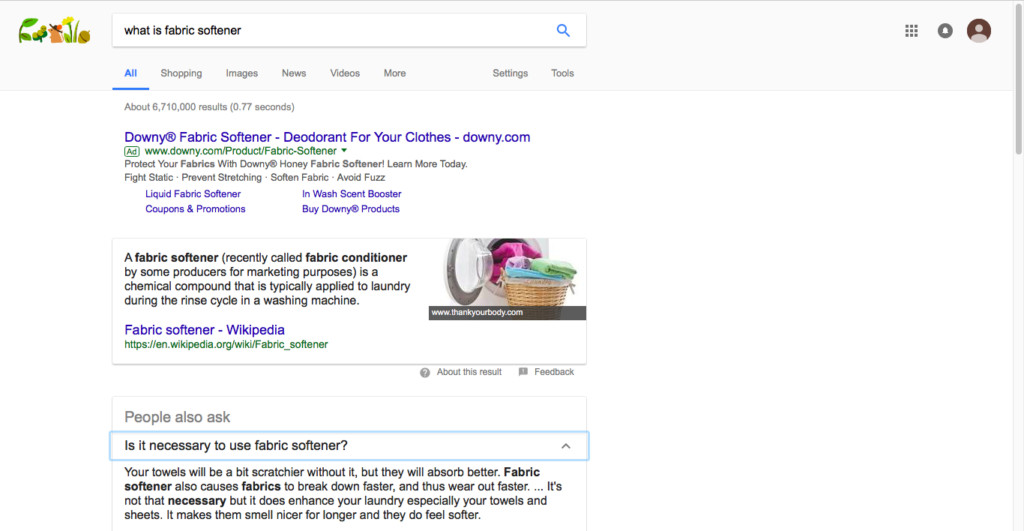
Pictured above are the first results when you search “what is fabric softener” in Google’s search engine. First is P&G’s Downy ad followed immediately by information about fabric softener: why it is useless, bad for your clothes, makes your towels less absorbent, and is loaded with chemicals that are bad for you and bad for the environment. If you continue to scroll down just below the fold:
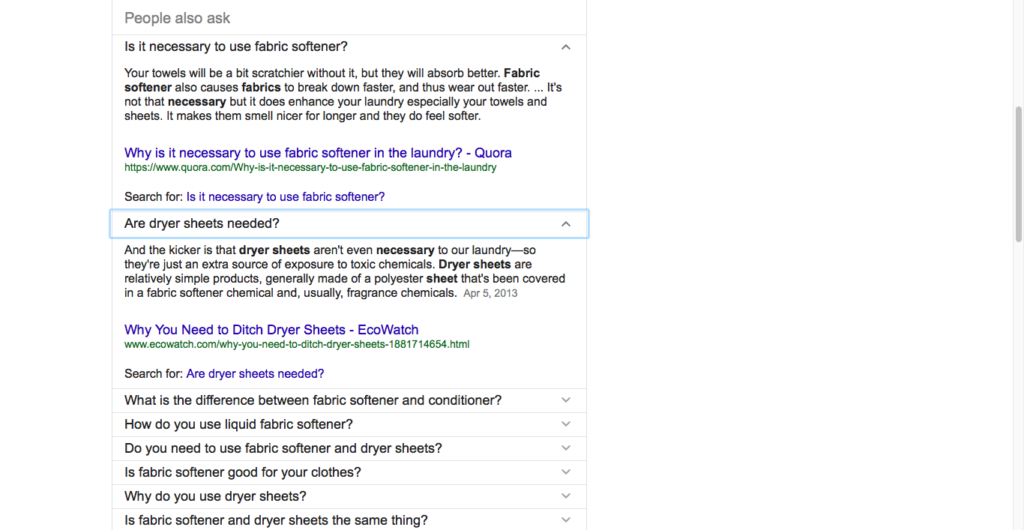
This search is known as the Zero Moment of Truth (ZMOT). For every consumer running this search, these alarming statements far outweigh the benefits of softer clothes. Brands need to recognize that consumers of every generation no longer take advertising at face value.
The Zero Moment of Truth was born from a study conducted by Google in 2011. The study determined that:
- 50% of shoppers used a search engine to research a product or brand.
- 38% comparison shopped online (reviews, prices)
- 36% viewed the brand/manufacturer’s website
- 31% read online endorsements, reviews, or recommendations
These numbers will only go up. In the span of a single month, Google answers over 100 billion searches. What are consumers seeing when they research your brand, product, or industry during the ZMOT stage?
Carolyn Baird, Head of Global Research at IBM, told Digiday that while all brands have to keep in mind how many millennials there are, a laser-focus on millennials isn’t the only way to go. “This is a cultural change everyone is involved in,” she said. “Show me a 40-year-old who is not addicted to their mobile phone.”
This helpful diagram from Marcus Miller via Search Engine Land illustrates how “the customer journey is now broken into hundreds of micro-moments. Want-to-know moments, want-to-go moments, want-to-do and want-to-buy moments” and where ZMOT exists in this new marketing model:
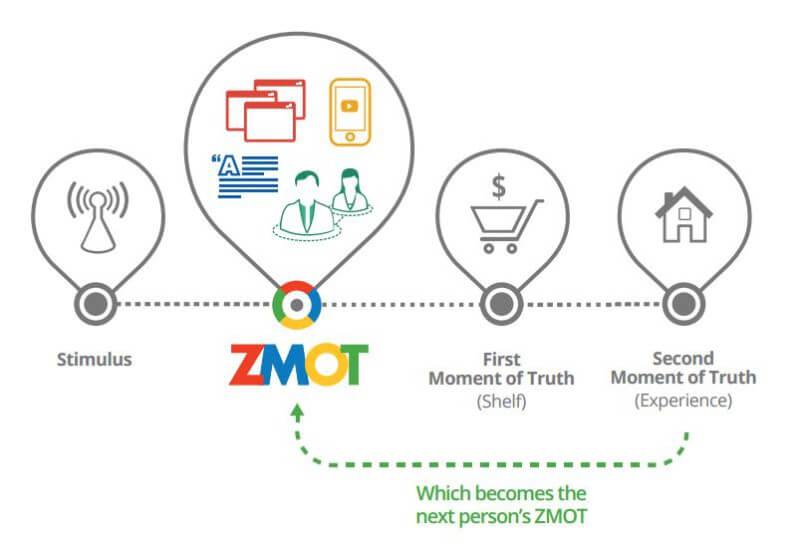
After consumers research the product (ZMOT) and purchase the product (First Moment of Truth) and try the product (Second Moment of Truth) they will contribute an opinion or review which will become a part of the next consumer’s ZMOT.
ZMOT: How to Win with SEO and Content Marketing
Millennials are not killing your brand. Search is.
With the internet, every person has access to all the information and misinformation in the world. If you are not leveraging SEO and content marketing, you are not taking part in the conversation about your brand or industry.
Continuing to pick on P&G, why is the Downy ad at the top of the search results not calling into question any of the information that follows below?
If you happen to be interested in “deodorant for your clothes” and click on the link, P&G sticks with their assumption that how to use the product is the problem. No mention of chemicals or the environment or if it destroys your clothes over time. No information that is top-of-mind for the consumers contemplating the purchase of this product.
Here is a look at Buffalo Wild Wings, another “victim” of the millennial generation:
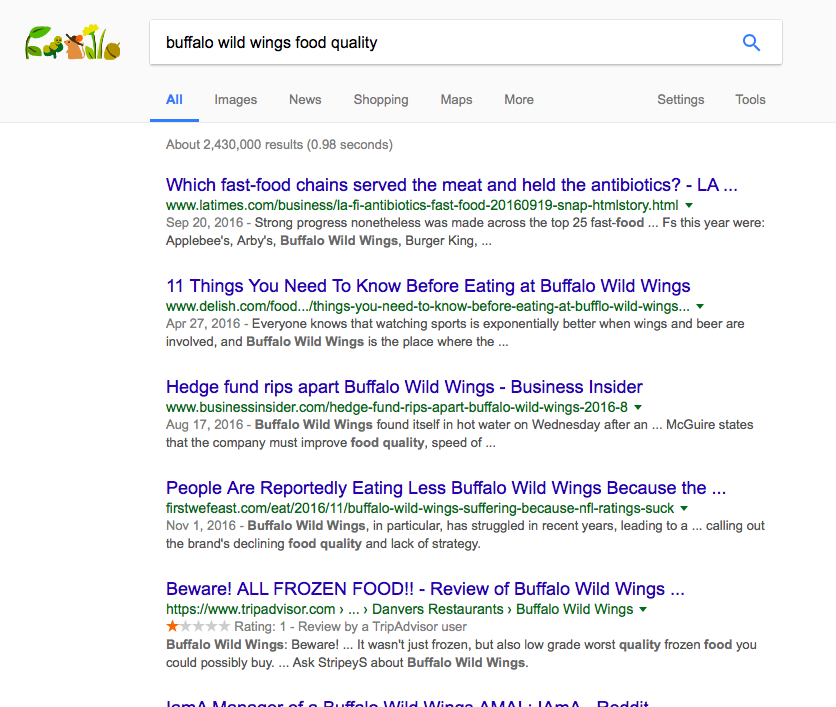
Control the outcome of the Zero Moment of Truth by producing content that answers questions relevant to your consumers, of all generations:
- Relevant articles or videos on your blog, industry blogs, or YouTube that answers questions (i.e. What is the best light bulb for photography? What foods are good for liver health? What is the safest baby stroller of 2017?)
- Product specifics on your website: sourcing, specs, FAQs, certifications, user guides.
- Reviews, testimonials, or case studies: 80% of consumers trust online reviews as much as personal recommendations.
- Social Media Engagement: actively responding and commenting on social channels is critical, not just posting. Engage.
- Customer Support: Allow prospects to easily ask questions via your website (real-time chat, support forms, email, etc.). Send questionnaires to customers after purchase to get feedback for improvements on your product or purchase process.
Have a clear understanding of what your customers are searching for. What questions do they ask about your products or industry? What do search results yield when you ask these questions — which are the most popular articles, links, and resources? List the keywords they use in search to gather information during the ZMOT stage. What search terms did they use to find your website? What are the trending hashtags related to this industry or similar products on social media? What do they care about? What do they want to know?
Answering these questions will not only give you a better understanding of how consumers are finding your product, the answers will tell you what they’re looking for in the ideal version of this product should think it beneficial to adjust your business model to fill any gaps.
The Moment of Truth, The Zero Moment of Truth, is more important than ever. “The Moment” has become multiple moments, multiple phases, multiple channels, and infinitely more complicated than one positive interaction with a flight attendant or a beautiful package design sitting on a shelf. By leveraging consumer insights, SEO, and content strategy you too can participate in the conversation about your industry and save your brand from the wrath of millennials — and every other consumer with access to the internet.
Visit our about page - woodleymarketing.com/about/
About us and this blog
We are a digital marketing company with a focus on helping our customers achieve great results across several key areas.
Request a free quote
We offer professional SEO services that help websites increase their organic search score drastically in order to compete for the highest rankings even when it comes to highly competitive keywords.
Subscribe to our newsletter!
Recent Posts
- Are You Still Using These Black Hat SEO Tactics? August 17, 2017
- The Biggest Ranking Factors for SEO in 2017 July 27, 2017
- Do No Harm: How to Become a Modern Monopoly July 15, 2017



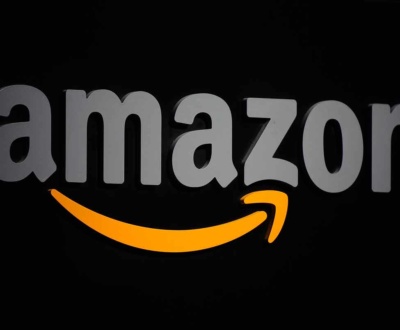
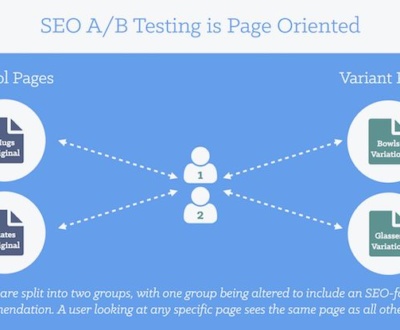



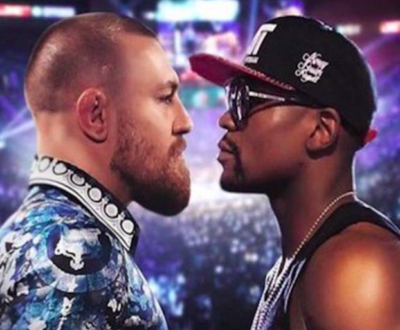
Pingback: 늑대닷컴
Pingback: richest vietnamese in america
Pingback: 늑대닷컴
Pingback: french bulldogs to rescue
Pingback: alexa collins
Pingback: french bulldog puppies for sale houston texas
Pingback: in vitro fertilization mexico
Pingback: black frenchies
Pingback: moped rental isla mujeres
Pingback: cuautitlan izcalli clima
Pingback: chamy rim dips
Pingback: mexican candy store
Pingback: fortnite cheats
Pingback: securecheats bf2042 hacks
Pingback: halo cheats
Pingback: mw2 cheats download
Pingback: marvel rivals hacks
Pingback: securecheats hunt hacks
Pingback: trusted cheat supplier
Pingback: farlight ESP
Pingback: isla mujeres golf cart rental
Pingback: esports domains
Pingback: nft
Pingback: best probiotic for french bulldogs
Pingback: 스포츠중계사이트
Pingback: 스포츠분석
Pingback: dog yorkie mix
Pingback: isla mujeres boat rental
Pingback: play net
Pingback: isla mujeres luxury rentals
Pingback: mixed breed pomeranian chihuahua
Pingback: yorkie poo breeding
Pingback: free sex chat
Pingback: cheap video chat
Pingback: live webcam girls
Pingback: live video chat
Pingback: free sex cams
Pingback: sex cams
Pingback: بطاقة ايوا
Pingback: french bulldogs puppies for sale in texas
Pingback: Schneider
Pingback: Eaton
Pingback: clima en chimalhuacan
Pingback: atizapán de zaragoza clima
Pingback: liz kerr
Pingback: linh hoang
Pingback: cuautitlan izcalli clima
Pingback: cuautitlan izcalli clima
Pingback: atizapán de zaragoza clima
Pingback: cuautitlan izcalli clima
Pingback: cuautitlan izcalli clima
Pingback: clima en chimalhuacan
Pingback: cuautitlan izcalli clima
Pingback: atizapán de zaragoza clima
Pingback: culiacan clima
Pingback: nj fertility acupuncture
Pingback: french bulldog for sale
Pingback: how to get my dog papers
Pingback: floodle puppies for sale
Pingback: houston tx salons
Pingback: french bulldog texas
Pingback: massachusetts boston terriers
Pingback: texas heeler
Pingback: my free cams
Pingback: live nude chat
Pingback: cheap video chat
Pingback: free sex shows
Pingback: nude chat
Pingback: frenchie puppies for sale california
Pingback: micro frenchie
Pingback: cheap french bulldog puppies under $500
Pingback: french bulldog puppies for sale $200
Pingback: Bulk URL Shortener
Hi Woodley Marketing,
I saw you tweeting about seo and I thought I’d check out your website. I really like it. Looks like Woodley Marketing has come a long way!
Keep making great stuff!